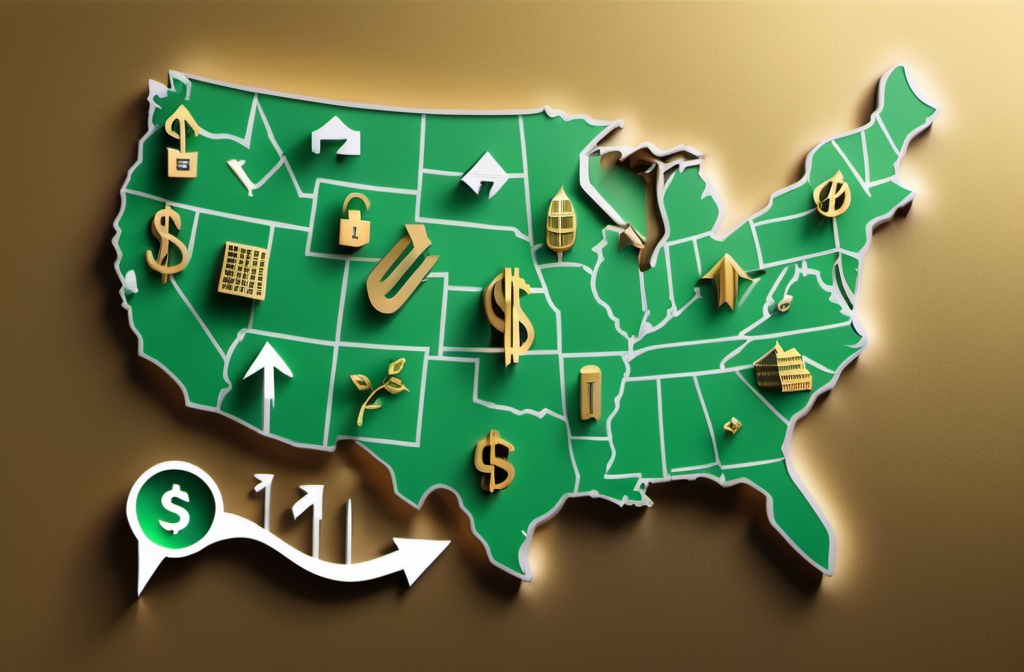In times of economic uncertainty, like the one we’re living in now, the financial markets can feel more like a casino than a place for long-term growth. Volatility, inflation, rising interest rates, and geopolitical tensions all have investors on edge. With the stock market taking people on a rollercoaster ride and traditional savings accounts offering minimal returns, many are asking the same question: Where should I put my money right now?
While there’s no such thing as a completely “safe” investment, there are industries and commodities that have proven more resilient—or even shown growth—during uncertain times. Here’s a breakdown of sectors worth considering if you’re looking for more stability and long-term security.
1. Essential Services (Utilities & Consumer Staples)
When people tighten their budgets, they still need electricity, food, hygiene products, and basic healthcare.
Examples:
- Utility companies (electricity, water, gas)
- Grocery chains and consumer packaged goods
- Household product makers (like Procter & Gamble, Colgate-Palmolive)
These companies tend to perform steadily even in a downturn, making them a go-to for conservative investors.
2. Healthcare and Pharmaceuticals
Healthcare is one of the few sectors that isn’t optional—people will always need medical attention, prescriptions, and insurance. An aging population and rising global health awareness keep this industry growing. Areas to watch:
- Biotechnology
- Medical device companies
- Health insurance providers
- Telemedicine platforms
3. Precious Metals: Gold & Silver
When inflation is high or markets become unstable, investors often flock to gold and silver as a store of value. They may not produce dividends, but they tend to hold their value or even increase during market turbulence.
Consider:
- Physical gold/silver
- ETFs backed by precious metals
- Mining stocks (riskier, but potentially higher reward)
4. Green Energy & Clean Tech
Despite short-term political or market noise, the long-term push toward sustainability is strong. Governments around the world are investing in clean energy infrastructure, making this sector a solid bet for the future.
Growth areas:
- Solar and wind energy
- Battery storage tech
- Electric vehicles (EVs) and their supply chains (e.g. lithium)
5. Agriculture & Food Production
People always need to eat. And as the global population grows, the demand for reliable food sources grows too. Climate change and supply chain disruptions have only highlighted the importance of resilient, tech-driven agriculture.
Opportunities include:
- Farmland REITs
- Agribusiness ETFs
- Commodity ETFs (wheat, corn, soybeans)
6. Real Estate (Strategically Selected)
Real estate can still be a safe bet, but not just any real estate. Commercial office spaces may be struggling, but residential rental properties, senior living communities, and logistics-focused industrial properties (think warehouses and data centers) are still growing.
Tip: Look for areas with population growth, job growth, and limited housing supply.
7. Defense & Cybersecurity
In a world of rising global tension and digital threats, the defense and cybersecurity sectors are becoming increasingly vital. As governments boost military and tech infrastructure spending, companies in these sectors stand to benefit.
Final Thoughts: Is There a “Safe” Investment?
No investment is ever 100% safe. But diversification—spreading your money across several sectors—can reduce your risk. Pairing defensive stocks, physical commodities, and growth-oriented industries like tech or green energy gives your portfolio a fighting chance no matter what the economy throws your way.
It’s also smart to keep some cash on hand. Not necessarily stuffed under your mattress, but in high-yield savings accounts or short-term Treasury bills—both are currently offering better interest than they have in years.
A Word to the Wise
In uncertain times, it’s tempting to panic—or sit on the sidelines altogether. But history has shown that investors who think long-term and stay disciplined usually come out ahead. The key is to stay informed, stay diversified, and stay calm.
If you’re unsure where to begin, consult with a trusted financial advisor to develop a strategy tailored to your goals and risk tolerance.
What’s your investing strategy right now? Drop a comment below—let’s start the conversation.




Leave a Reply